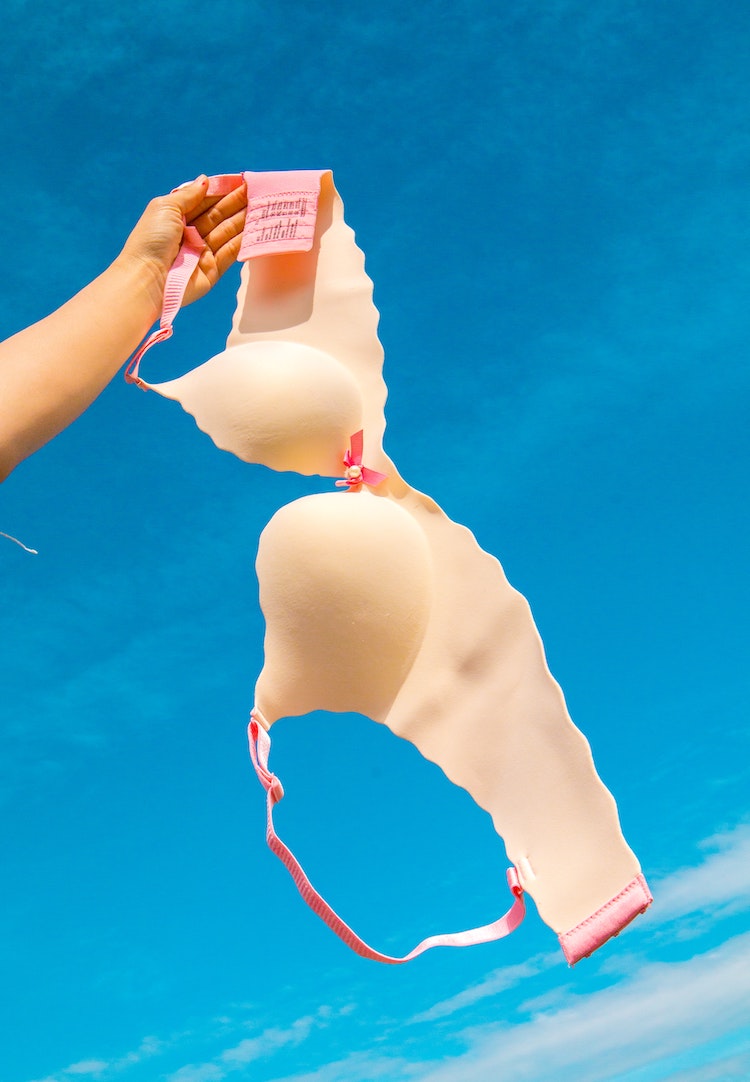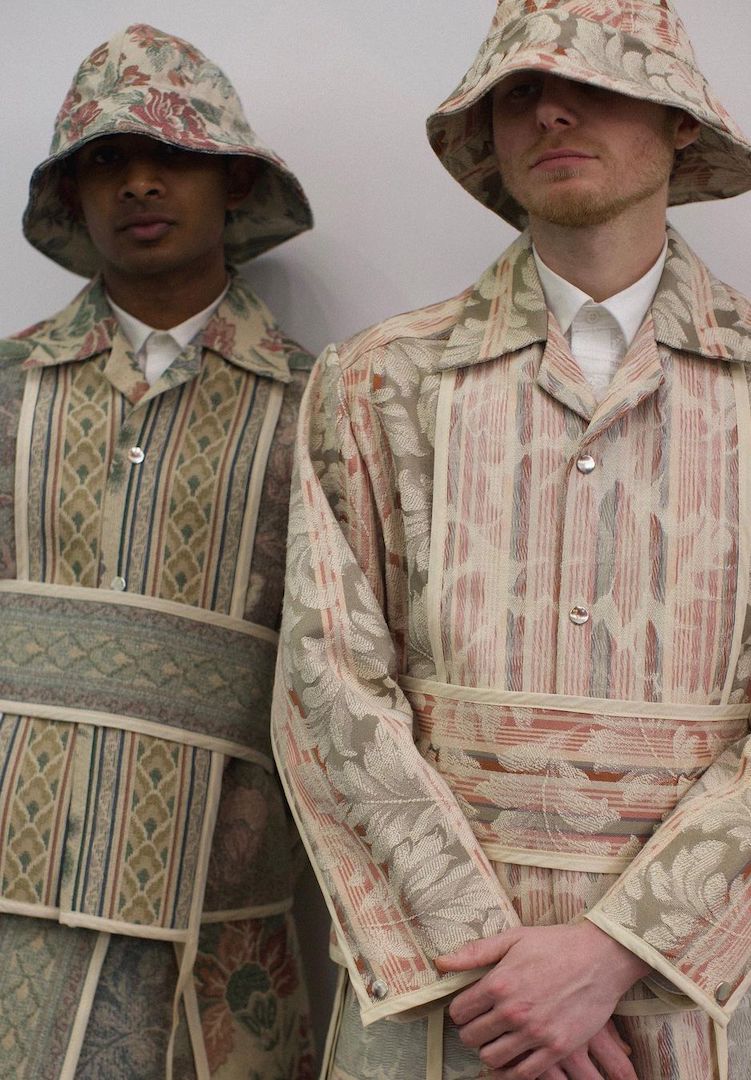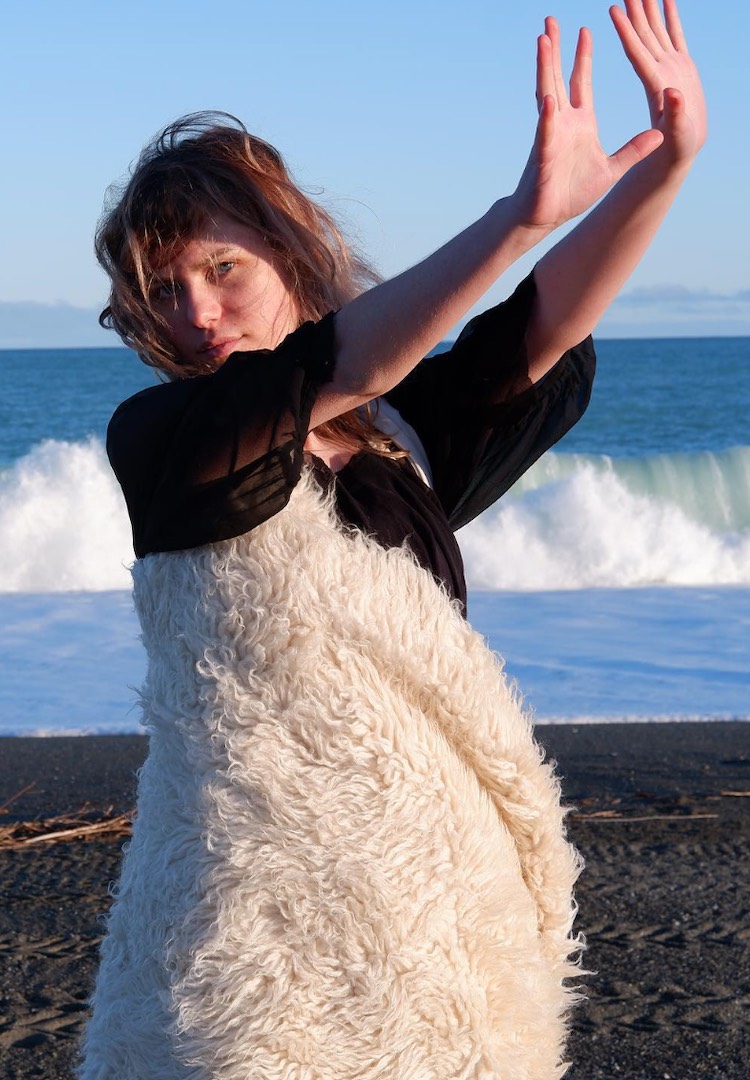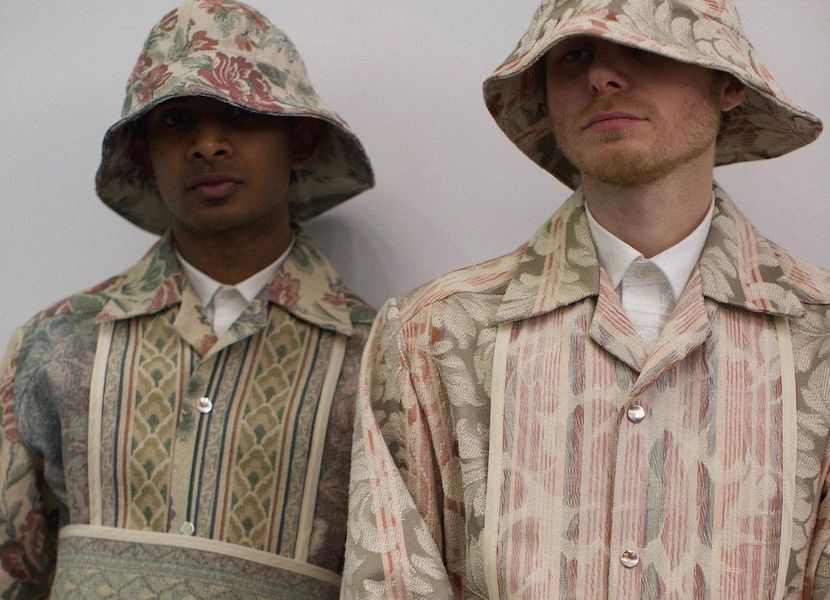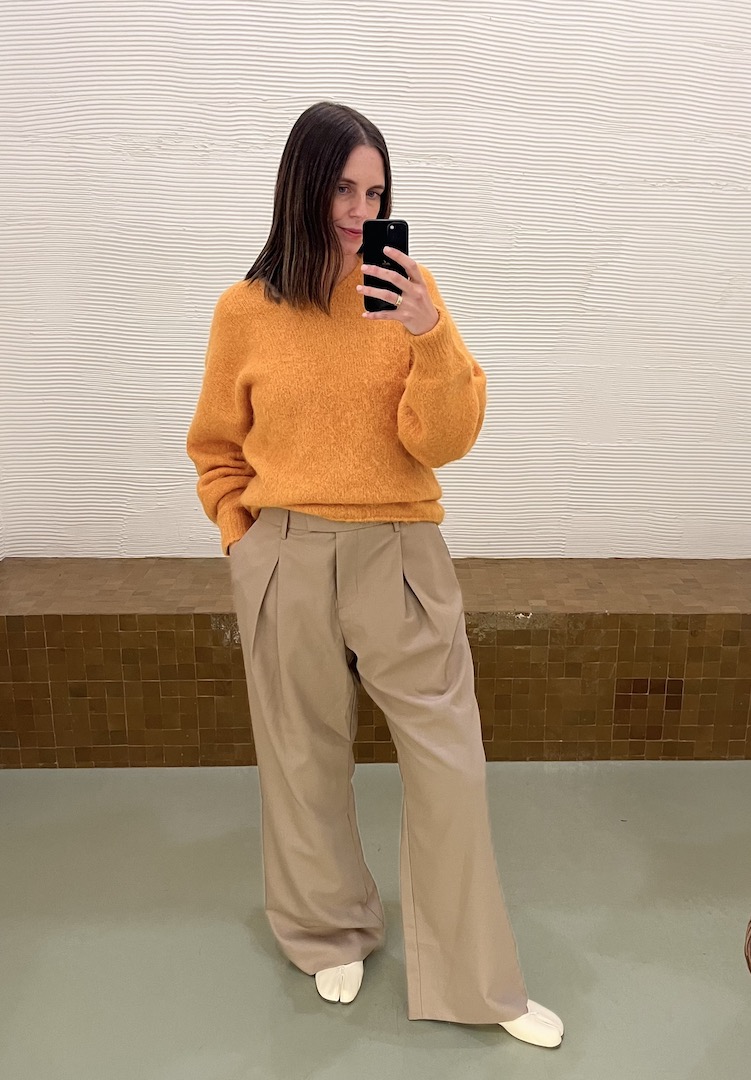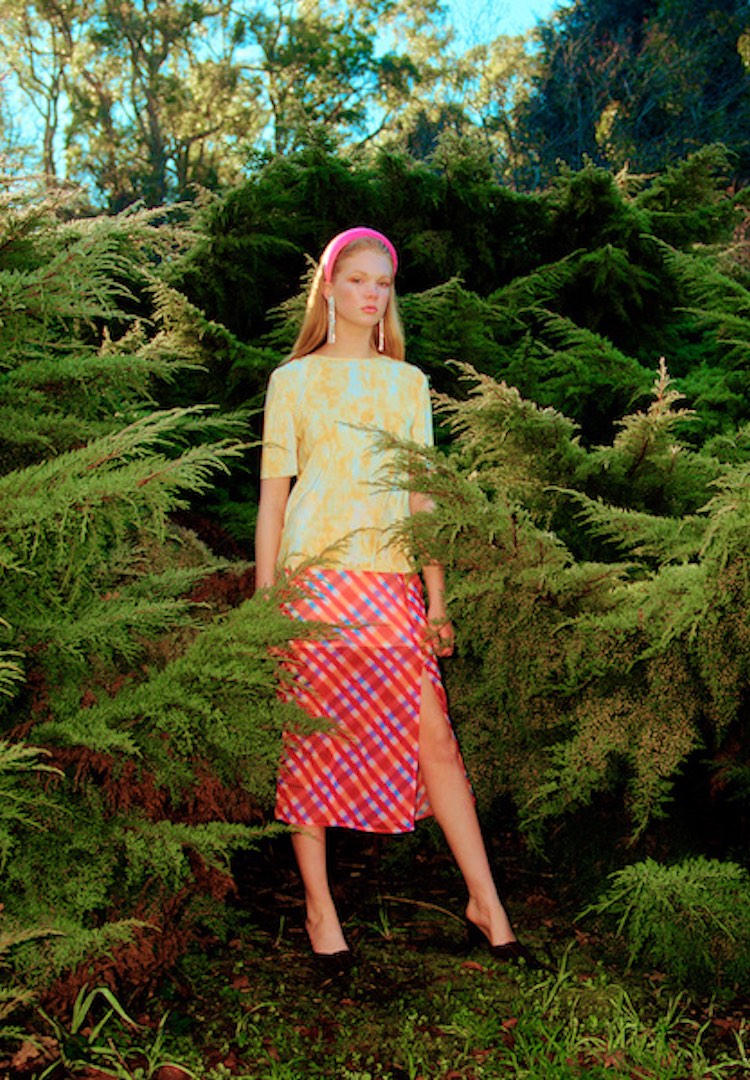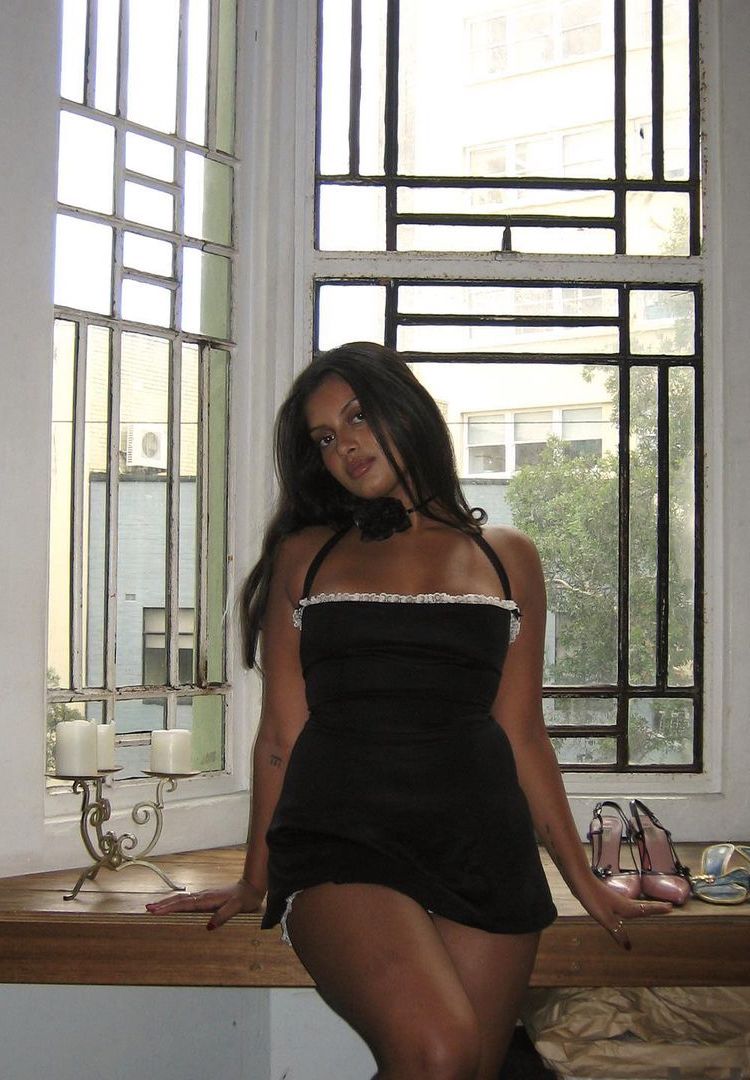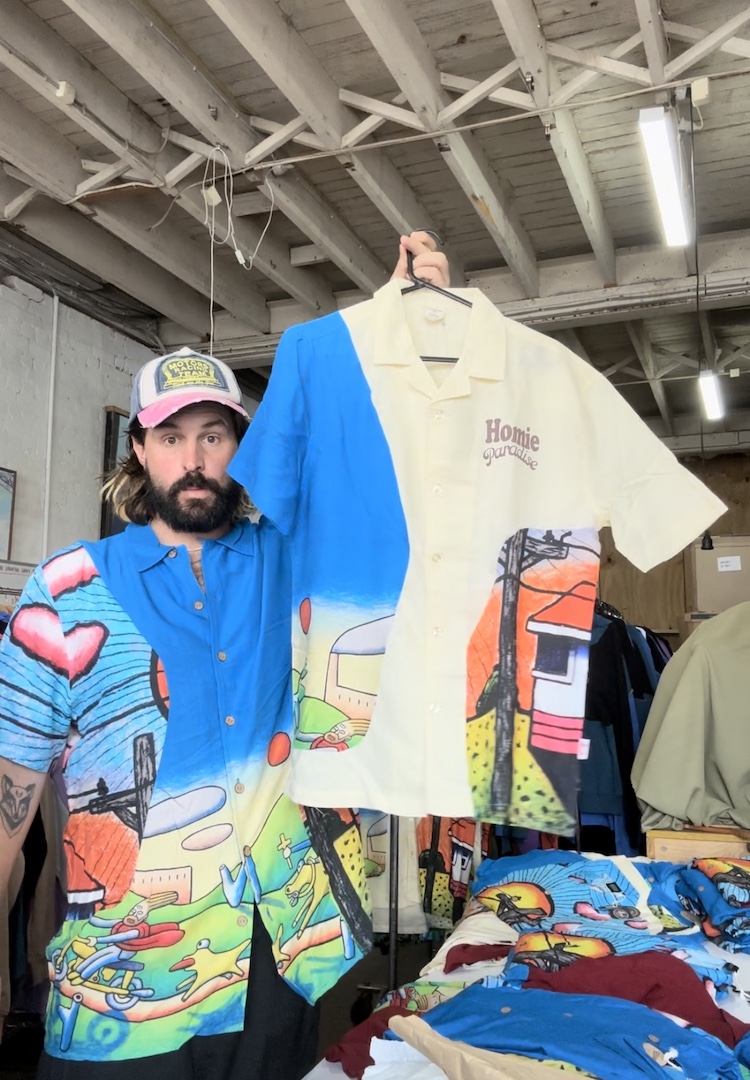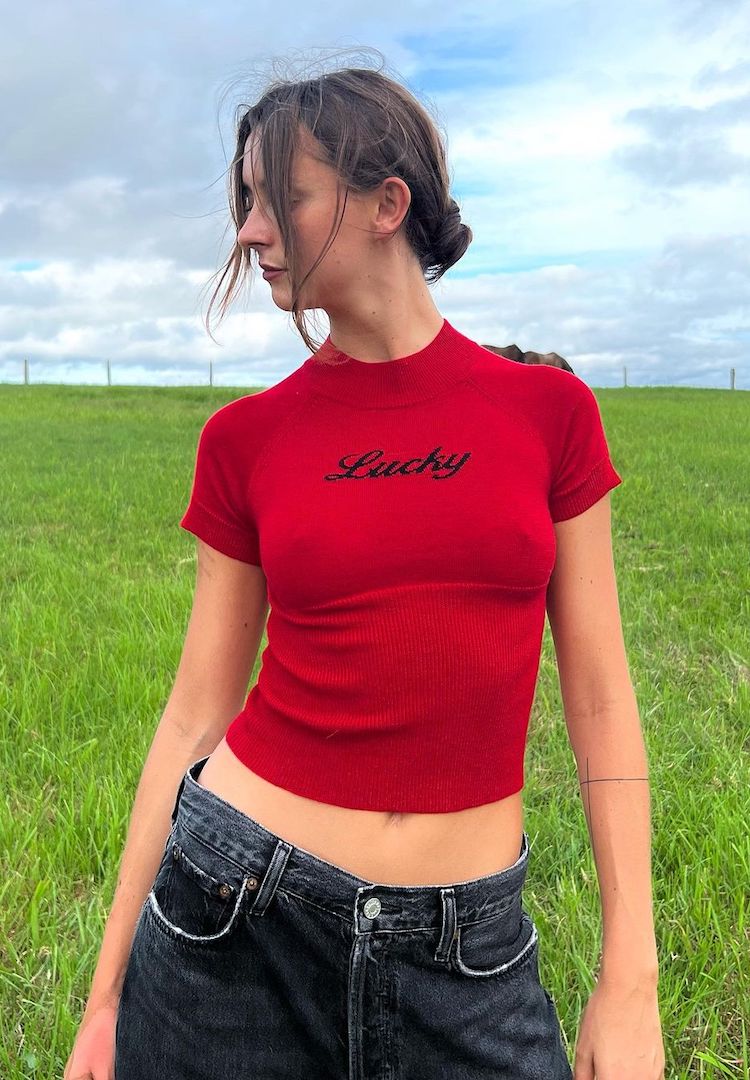Michael De Souza’s graduate collection is exploring self-perception and identity
IMAGE VIA @MICKDESOUZA/INSTAGRAM
WORDS BY IZZY WIGHT
“Dress codes that exist within different locations have been a consistent topic of exploration throughout my practice as a designer.”
Prior to starting the RMIT Advanced Fashion Studios program, Melbourne designer Michael De Souza worked in education. “My interaction with uniforms in this setting laid the foundations for what inspired the work,” he says, referring to his recent graduate collection, Integration Through Dress. Comprised of modular garments made from recycled upholstery textiles, Integration Through Dress explores the concepts of community, assimilation and self-perception.
Looking for more fashion news and features? Head to our Fashion section.
As an official media partner of Paypal Melbourne Fashion Festival, Fashion Journal is excited to once again be supporting the National Graduate Showcase, celebrating Australia’s top-ranked emerging fashion design talent. The top 10 leading graduates from across the country will exhibit their collections in a boundary-pushing presentation, showcasing experimental design and innovation. Over the next few weeks, we’ll be profiling each designer through a series of interviews. Next up is Michael De Souza.
Please introduce yourself to our readers.
View this post on Instagram
My name is Michael De Souza and I am a recent graduate of the RMIT Advanced Fashion Studios program.
Tell us about your collection.
My collection, Integration Through Dress, was the outcome of an exploration into uniforms and their capacity to assist assimilation. Prior to studying at RMIT, I studied and worked in education. My interaction with uniforms in this setting laid the foundations for what inspired the work.
When did you know you wanted to get into fashion and textile design?
View this post on Instagram
Completing secondary studies and moving into a creative field was my initial desire. At that time, I couldn’t visualise a creative pathway as a sustainable option – hence my move into education. I am grateful for this unique detour, my experiences within education have clearly informed how I approach my fashion practices.
What were the major points of inspiration for your collection, and you more broadly as a designer?
I explored a vast range of communities and cultures for this collection. I assessed the dress codes within these settings, breaking down key qualities such as what the dress symbolised, what it communicated and how it influenced things like self-perception and identity (to name a few).
View this post on Instagram
Dress codes that exist within different locations have been a consistent topic of exploration throughout my practice as a designer. I think this will continue to feed all my future projects to some extent.
Tell us about the experience of putting together your graduate collection.
I consider the work a collaborative project. The guidance the RMIT Advanced Fashion Studios staff provided was invaluable. Plenty of time was directed towards research and exploration. I was constantly encouraged to trial, test and reflect. This was a constant cycle.
View this post on Instagram
This approach allowed for more authentic and genuine outcomes. In constructing the collection, the idea of modular garments forced me to build and assemble more prominently on the body. This project definitely felt more demanding from a making perspective, less time was spent sketching and drawing.
What part does sustainability play in your design practice? And other ethical considerations?
Before commencing this project, I was asked to assess the UN Sustainable Development Goals. My supervisors asked me to reflect on how my practice could potentially align. This made me more conscious of my practice and how I could be resourceful throughout each phase of development. The most evident examples are seen in the material choices and the assembling of garments.
View this post on Instagram
The upholstery textiles used were remnants sourced from local textile manufacturers. Forcing the cutting of each item to be precise and considered. I opted for a modular approach to assembling garments. Components of one garment snapped and separated away to complete the make-up of another. Fabric consumption was reduced heavily as a result.
Who do you think is most exciting in Australian fashion right now?
Concepts and ideas that emerging designers are choosing to explore are what excite me most. I have been fortunate to witness really inspired collections from students who are now moving into the next chapter of their practice. Yiwei Ju, Yiran Zhou and Kritikon Khamsawat, who are also showing at the PayPal Melbourne Fashion Festival, are just a few names that come to mind.
What about the Australian fashion industry needs to change?
View this post on Instagram
More opportunities and pathways for emerging designers. There is immense talent at the university graduate level. Emerging designers leave with such a wide skillset. With guidance and nurturing, I genuinely feel they could direct local design houses into really exciting spaces.
Dream Australian collaborators?
Laura and Deanna Fanning are sisters who currently head womenswear design for Kiko Kostadinov in London. They recently visited RMIT, sharing insights into their practice. They produce beautiful knit pieces that are interesting and complex in colour, silhouette and construction.
Your collection Integration Through Dress explores uniforms within non-traditional work settings. In your opinion, why are uniforms important in fostering a sense of identity?
View this post on Instagram
I believe identity is shaped by different experiences. Different things that we are exposed to at varying stages of life. Uniforms have the capacity to allow an individual to identify with a community. It has the ability to create a sense of inclusion, equality and belonging. I believe these are all traits that contribute to identity and how we see ourselves.
The materials you chose are really interesting. How did you land on these for your collection?
Material exploration and testing was the most comprehensive aspect of creating this collection. The assessment of uniforms within different settings acknowledged that uniform types were commonly loaded with texture, character and feel.
View this post on Instagram
Washing, dying, waxing, patching and knitting were a few techniques utilised in trying to achieve this complexity. Ultimately, upholstery textiles were the best option. These materials possessed a beautiful level of depth. With minor manipulation, this materiality choice seemed fitting. It ended up being the collection’s key discussion point.
To see more of Michael’s work, head here.

